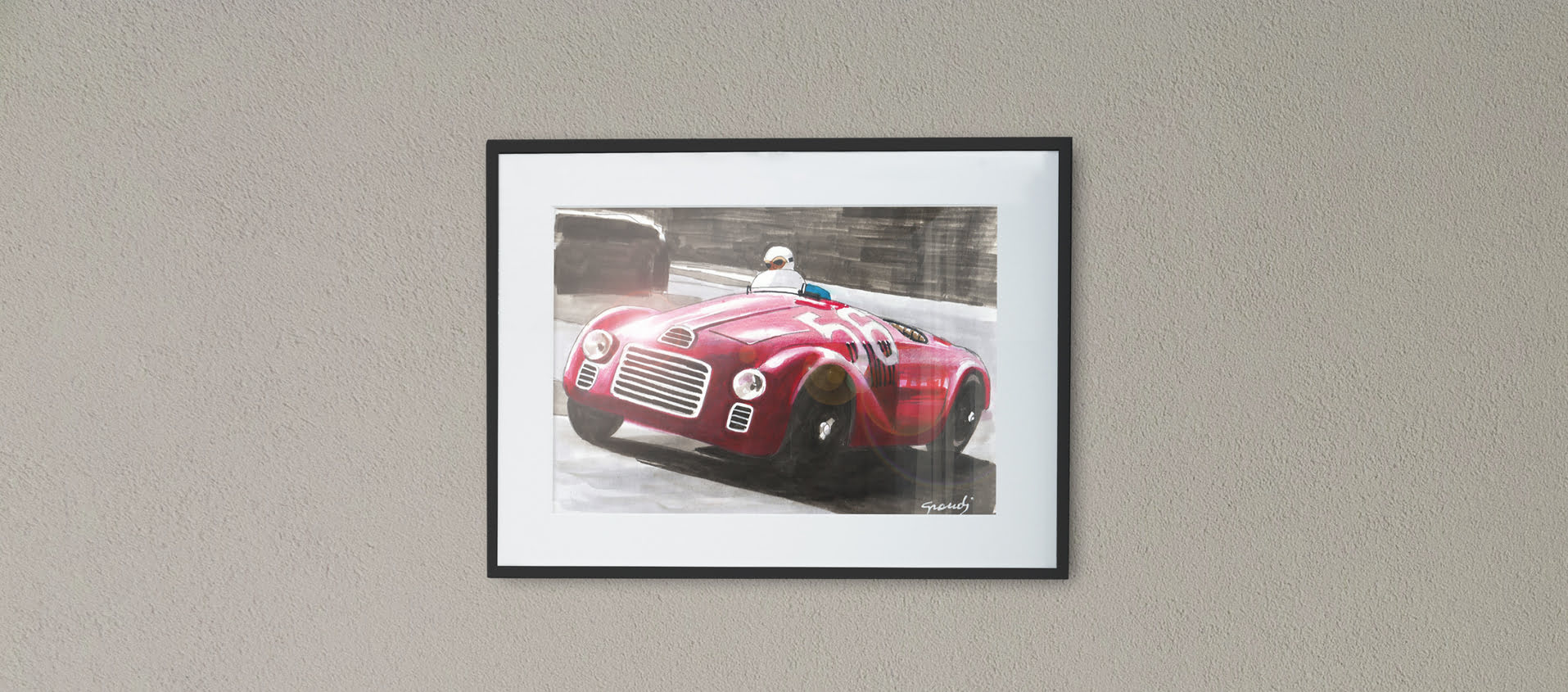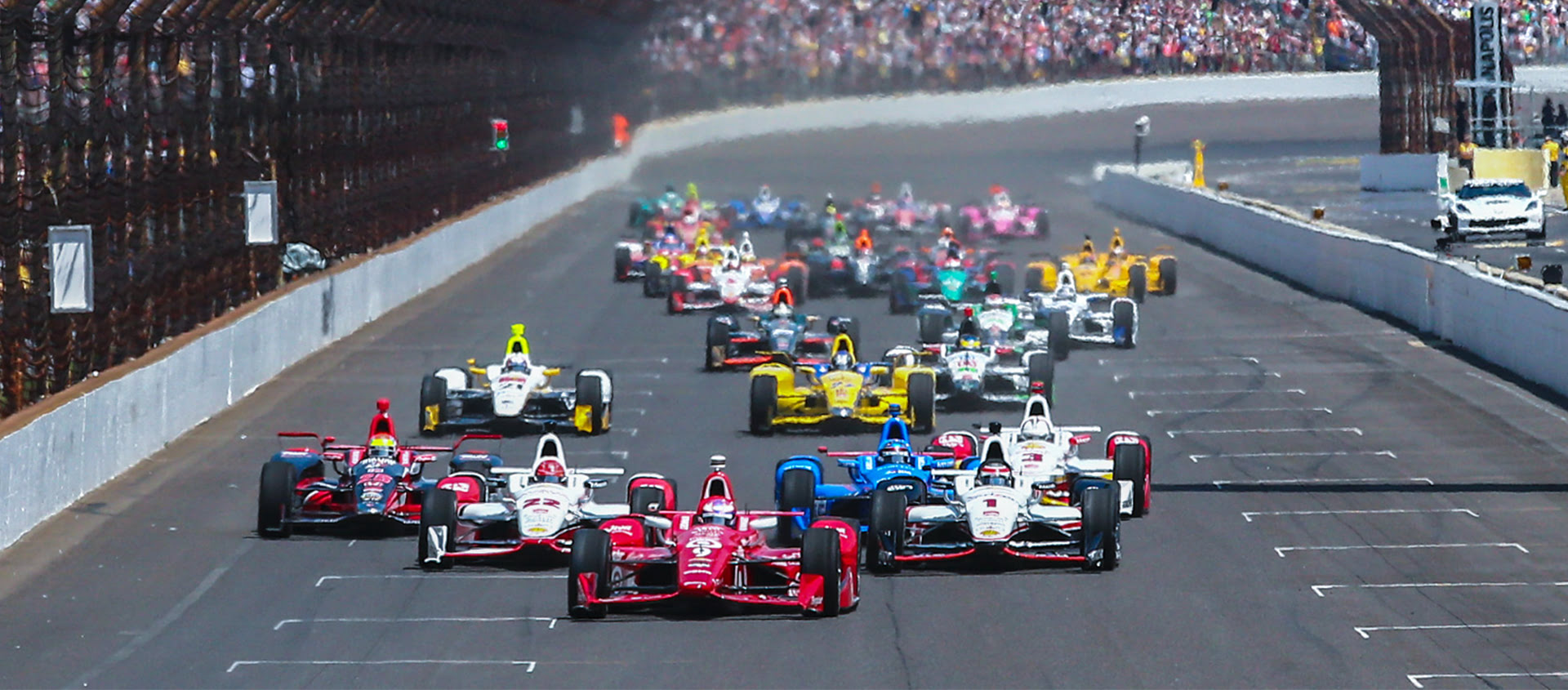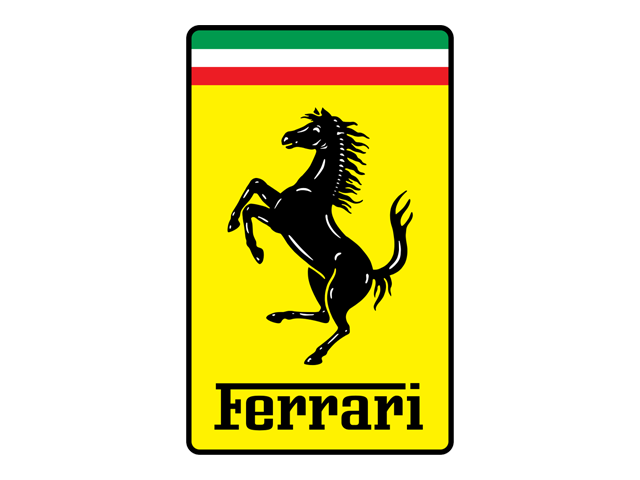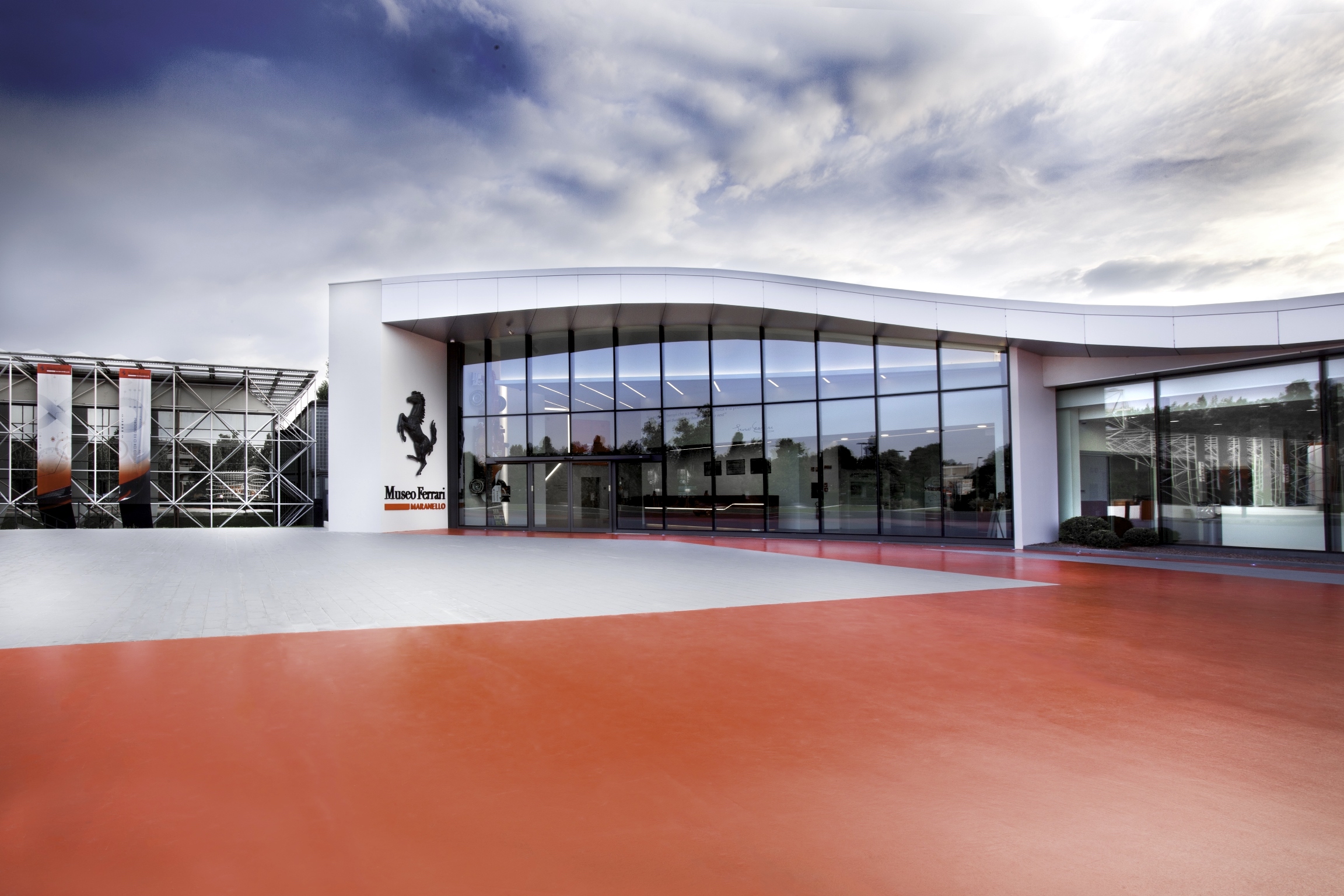The turning point. Ferrari takes advantage of the German offensive to prepare to become a constructor
01 February 2021 3 min read 6 images
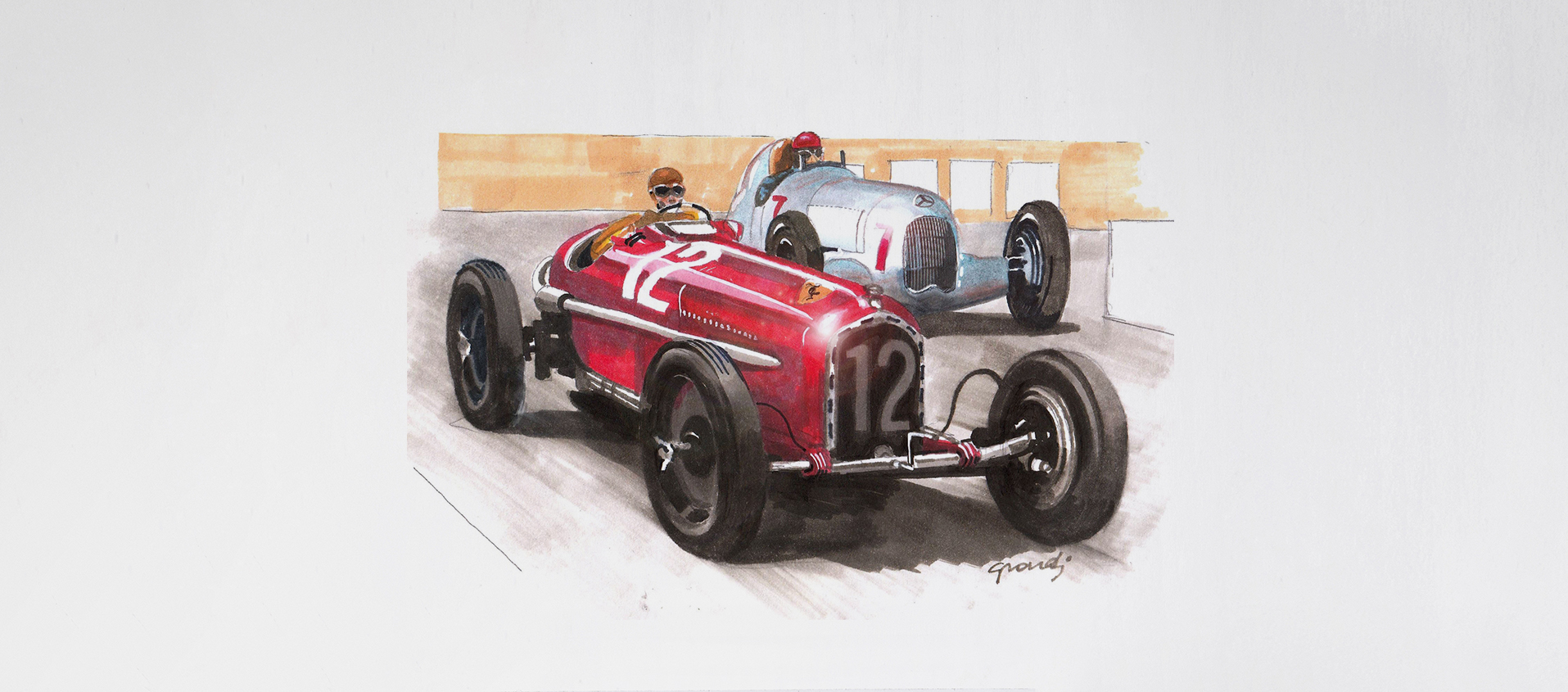
Legend has it that Tazio Nuvolari, on the eve of the 1935 German Grand Prix at the Nürburgring where his antiquated P3 was due to contend with nine official Mercedes and Auto Union, asked whether the Italian flag had been prepared for the podium. Apparently, the officials looked at him with a mixture of incredulity and sympathy. And yet Nuvolari knew, as only the greats can, that he could do pull this off and, the next day, he brought home one of the most beautiful victories of all for Scuderia Ferrari and Alfa Romeo.
Register to unlock this article
Signing up is free and gives you access to hundreds of articles and additional benefits. See what’s included in your free membership. See what's included in your free membership.
Already have an account? Log In
